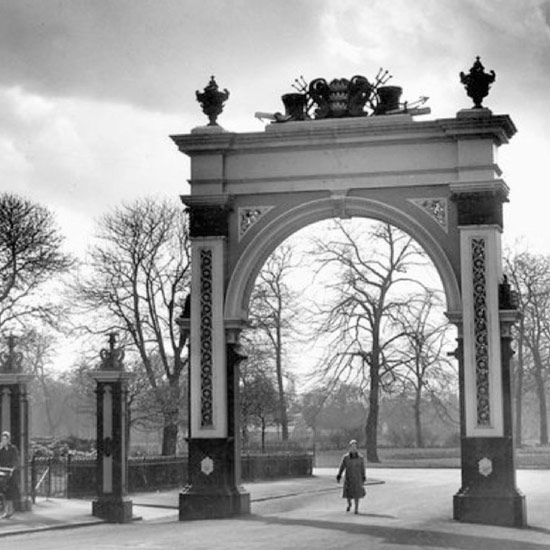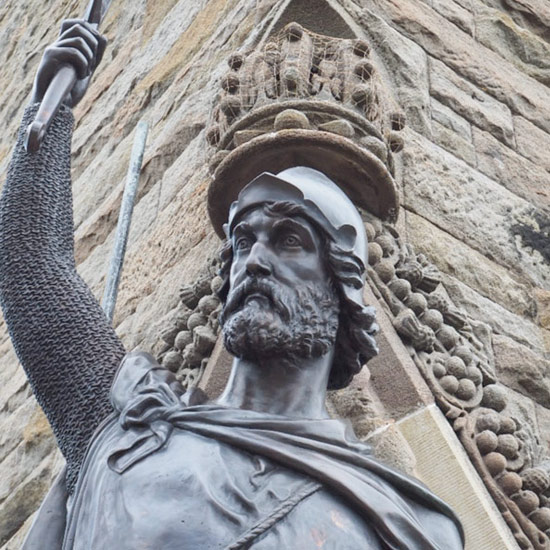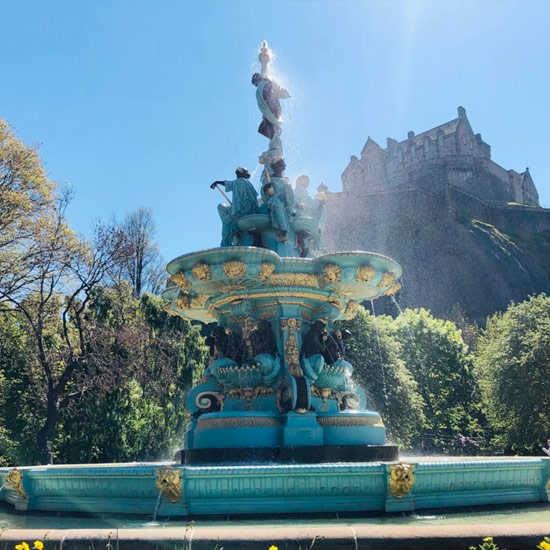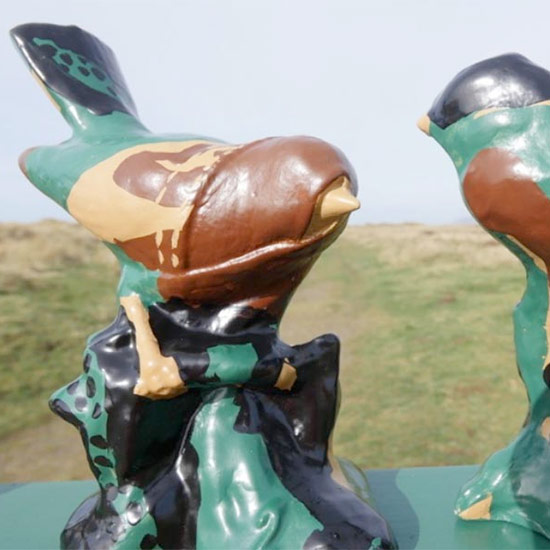St Mary’s Church, Barrow
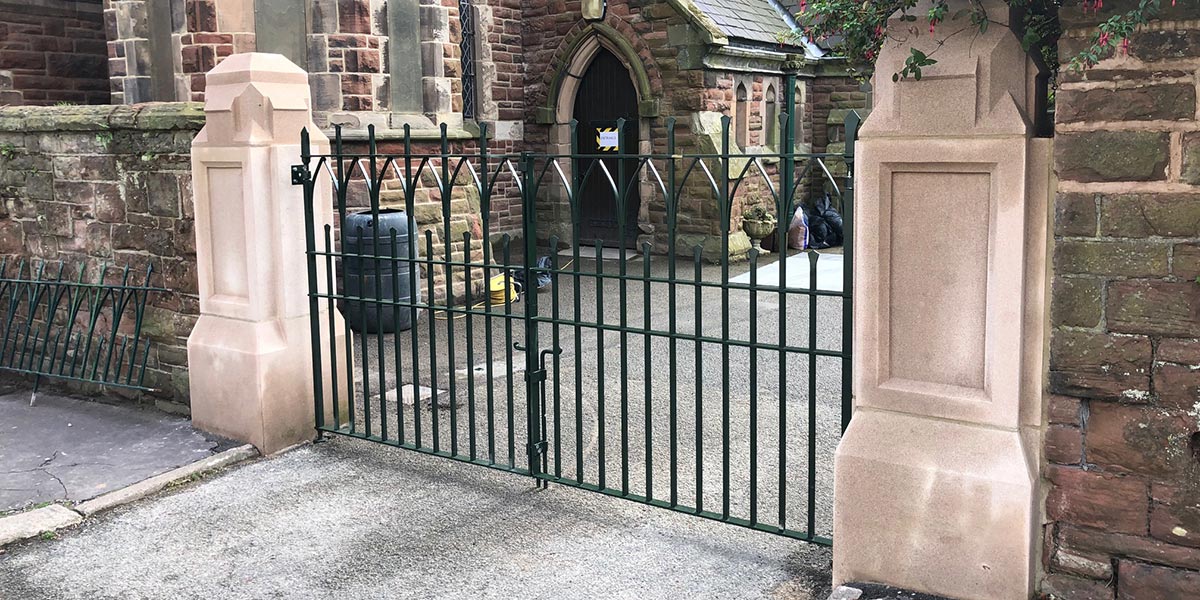
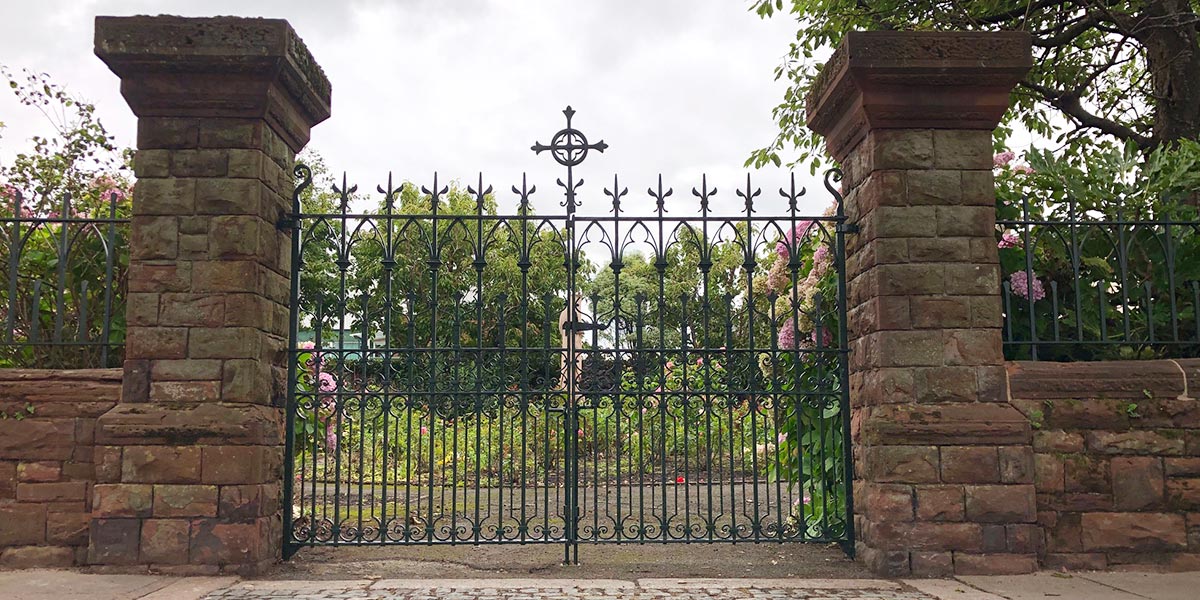
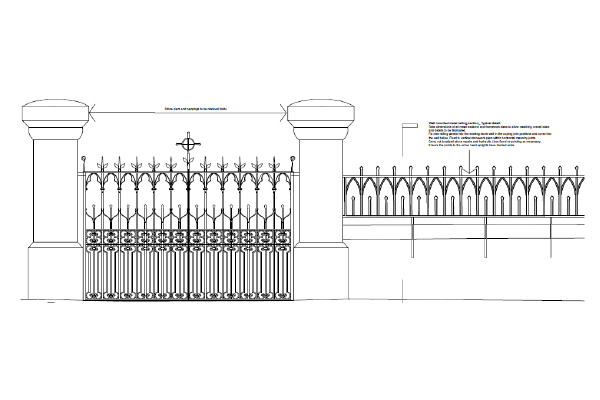
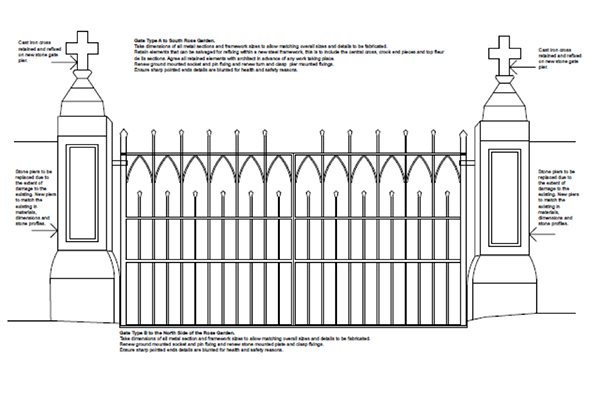
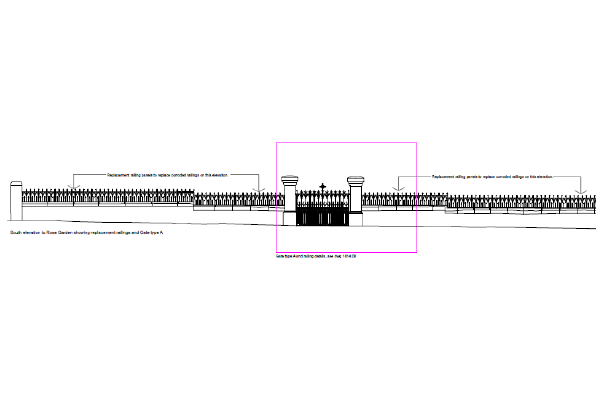
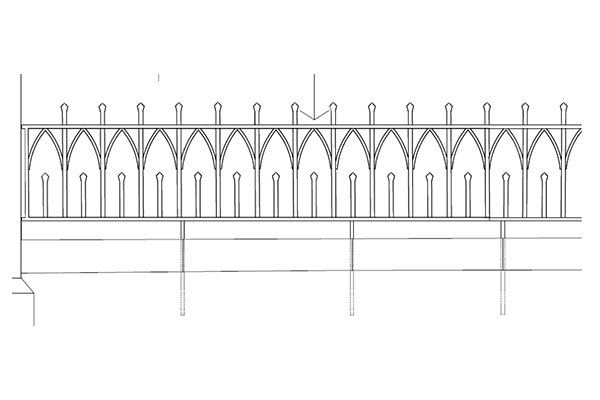
Project Description
Project: Barrow, St Mary’s Church, Restoration of Wrought Iron Gates and Railings
Client: Specialist subcontractor to Heritage Conservation Restoration Limited
This contract required a combination of the repair of wrought iron gates and railings, plus the production of matching replacement fencing panels, components and gates at St Mary, Furness Church in Barrow-in-Furness. The work was undertaken as part of a larger restoration project encompassing the whole of the building and involving the interactivity of a number of specialist sub-contractors. As such, we worked in conjunction with the stonemasons responsible for restoration work to the copings and piers into which the railings and gates were fixed.
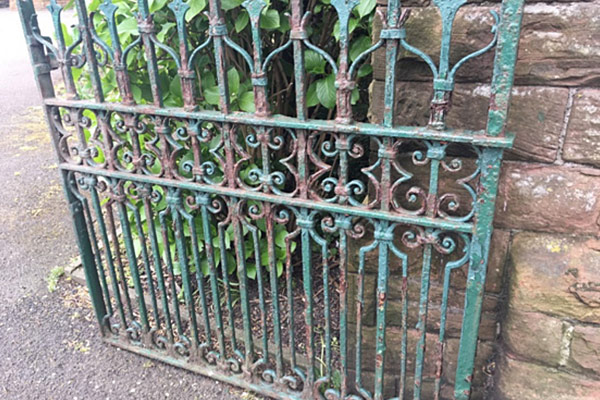
After initial recording and assessment of the state of the remaining original railings, all components were removed from site and carefully transported back to our workshop.

After initial recording and assessment of the state of the remaining original railings, all components were removed from site and carefully transported back to our workshop.
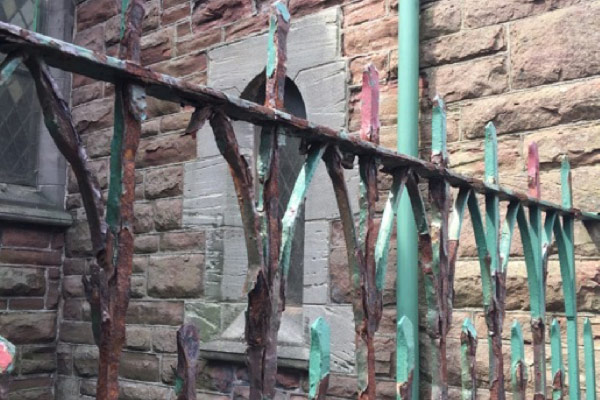
After initial recording and assessment of the state of the remaining original railings, all components were removed from site and carefully transported back to our workshop.
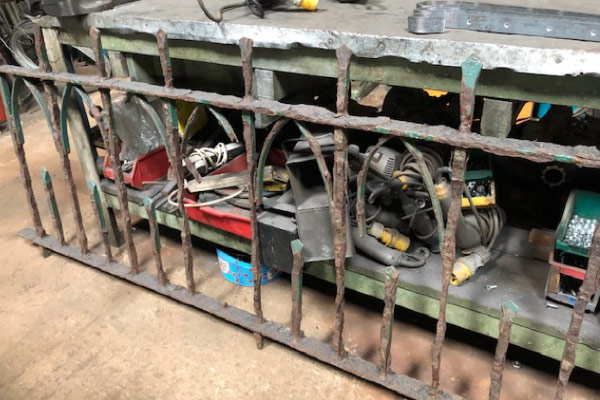
Once returned, the components were further inspected, cleaned and then subject to a repeat inspection, with recommendations for retention of components, repair of retained components and the requirement for replacement components then relayed to the client. It should be noted that we were able to reuse more of the original railings and gate assembles than had originally been predicted, thus representing both good conservation practice and the skill of our metalworkers.
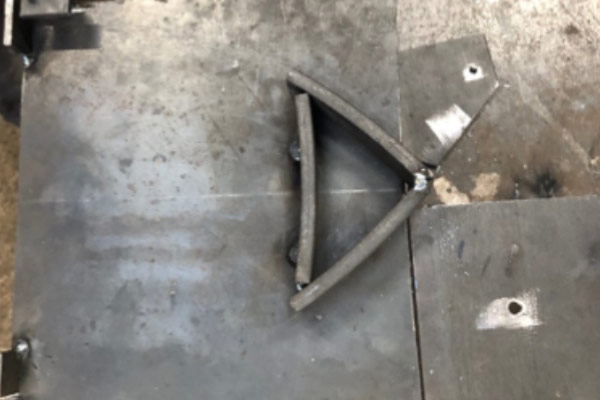
Once cleaned and disassembled, the retained components of the railings and gates were then used to inform the production of jigs and dies for the working of the metal necessary to produce the new wrought iron components of the panels and gates. All production of new components was undertaken by skilled and experienced craftsmen, all with a minimum 5 years experience with Lost Art Limited, on projects directly comparable to this project.
The initial stages of the component production was the production of the jigs, around which the worked iron shapes would be formed. The following image shows the jig for the top of the arched section of the railings.
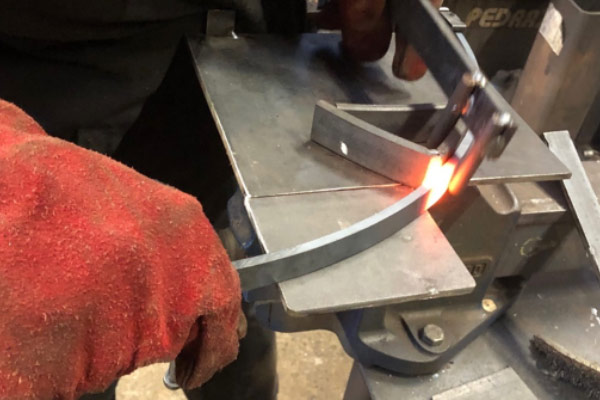
The careful application of heat allowed for the gradual shaping of the components around the jigs.
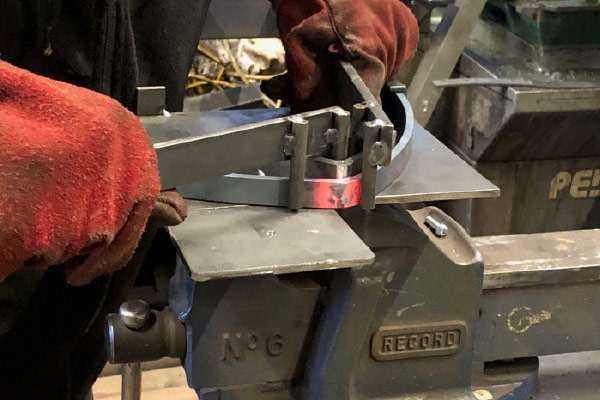
The careful application of heat allowed for the gradual shaping of the components around the jigs.
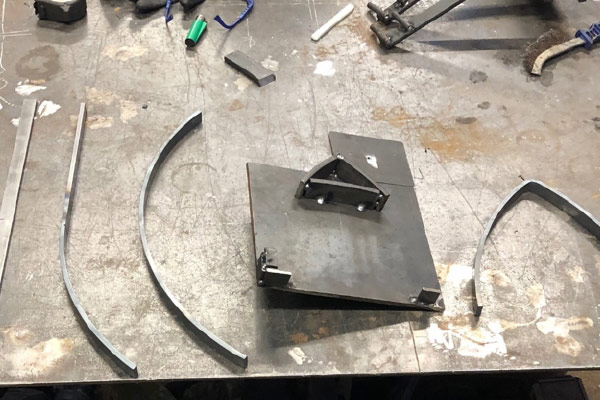
The shaping was a gradual process, as can be seen in the image above, where the blacksmithing has required 2 jigs and the shaping of the iron in a number of stages, each requiring the heating of the metal and then shaping around the jig.
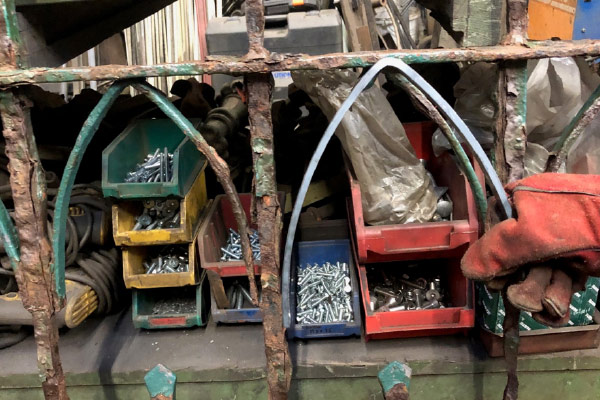
The final components are offered up to their intended location, in order to ensure that they are as required.
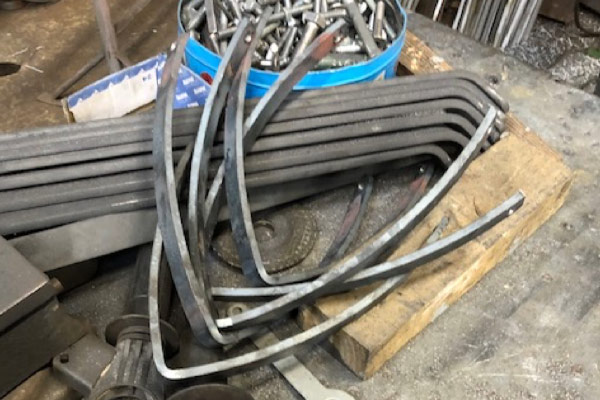
Using a variety of jigs, components of different shapes were produced in order to be incorporated into the restored railings and gates. In line with good conservation practice, we were able to retain and reuse more off the original installation than had initially been expected.
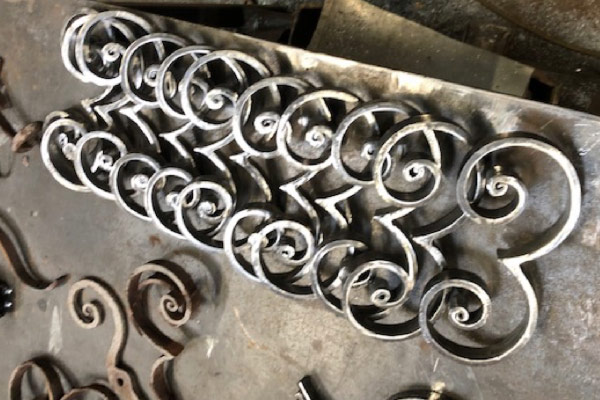
As is usual with restoration work of this type, we also had to source replacement fittings in Imperial measurements matching the originals in sizes and materials.
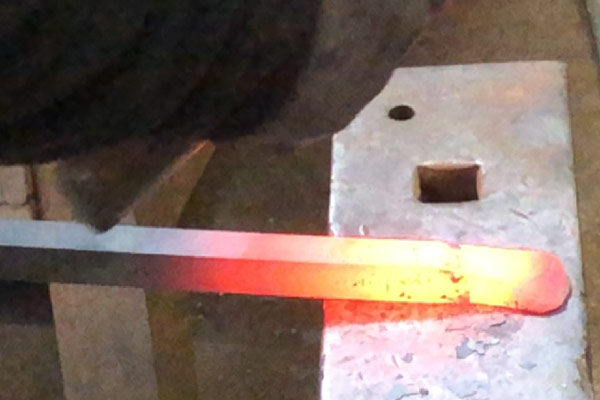
In addition to the jig-based components, the railing and gate shafts were hand forged.
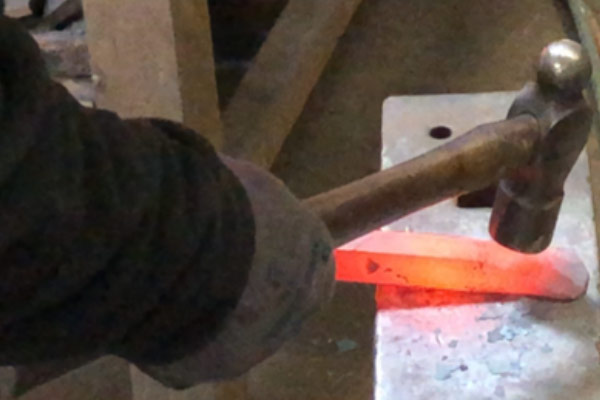
In addition to the jig-based components, the railing and gate shafts were hand forged.
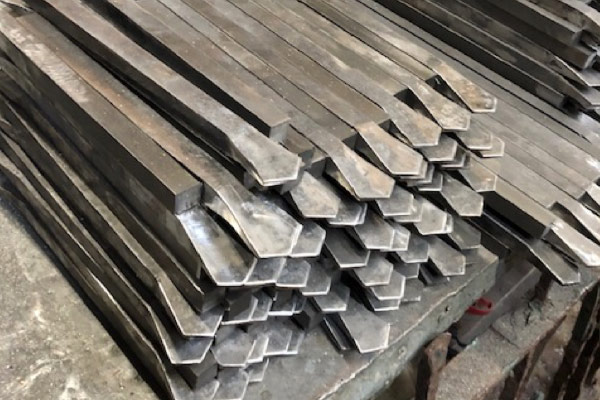
In addition to the jig-based components, the railing and gate shafts were hand forged.
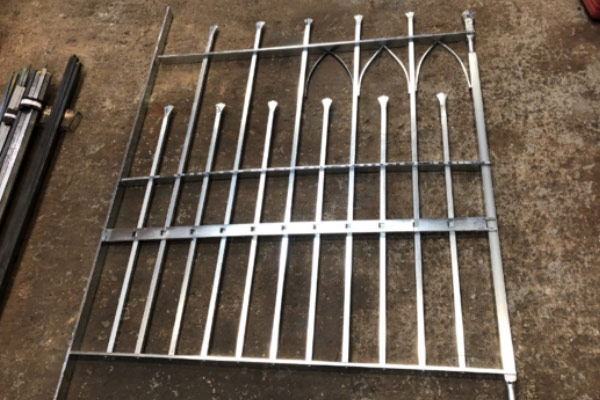
As components were either cleaned, repaired or produced, they were painted as soon as was possible in the zinc-rich primer that forms the base layer of the approved paint system, to avoid gingering and therefore forming part of the corrosion inhibition measures applied.
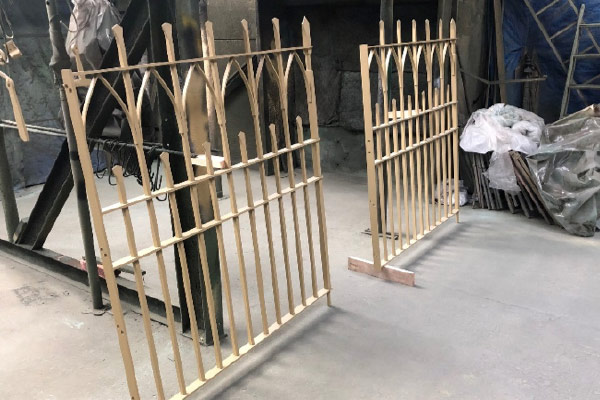
Given the coastal location of the railings and gates, choice and application of the correct paint system to specification is vital and in order to augment this, all original items were subject to a baking procedure in order to achieve maximum reduction of retained moisture and to promote paint adhesion – a technique that we have developed and found to be particularly effective.
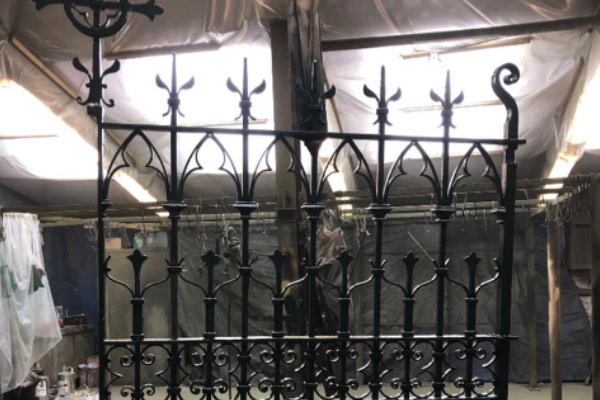
Once items had been repaired/restored or newly produced and primed, they were further painted with undercoat and top coat to manufacturer’s specifications in our paint shop and were then assembled into the required panels and gate leaves. Once this was complete, further paint was applied to prevent water traps and ingress into joints, protecting against corrosion and rust weeping.
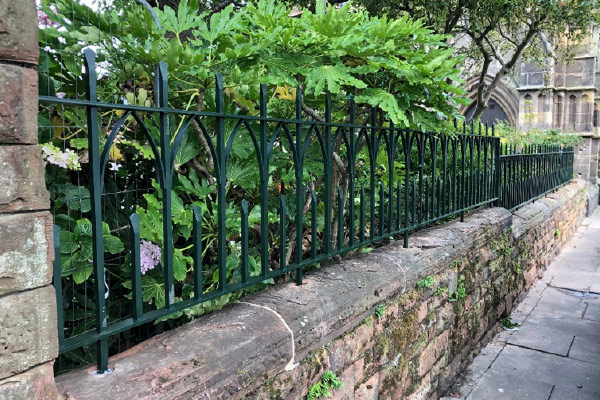
At all stages of assembly, the panels were fully supported in order that no damage or distortion would be present in the restored panels and similarly they were carefully packed for the return journey to site.
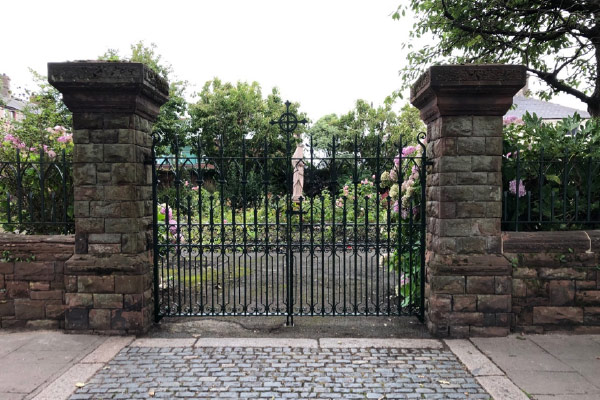
As the work site is in a public area, both the removal and reinstallation stages of the project required careful site set up and the exclusion of members of the public in order to ensure the safety of them and site operatives.
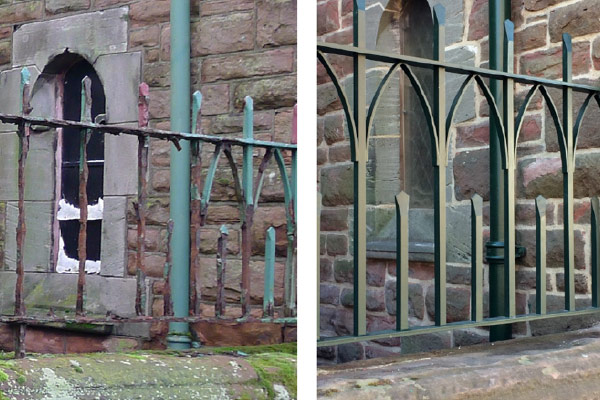
In conclusion, a before and after image of a successful restoration!

